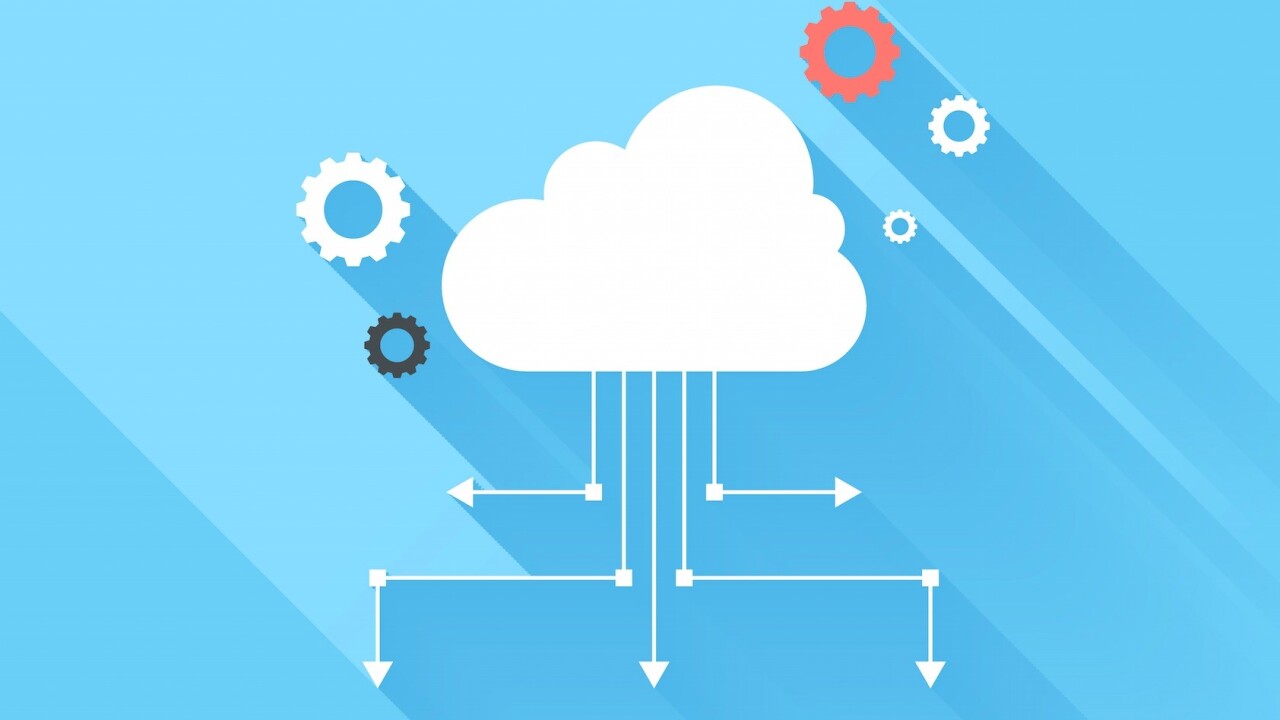
It has been reported that by 2018, the global market for cloud equipment will reach $79.1 billion. Having burst onto the tech scene in 2006, the “cloud” — as IT leaders, programmers, and marketers know it today — is almost a decade old. From Google Docs to Dropbox, Web-connected humans are glued to the cloud every minute, of every day.
Take a step back, however, to ask yourself what the cloud is, where it is, and what it does. Now, try to condense those thoughts into a short sentence. The closest that you might come to a definition is the following explanation from TechTarget:
“Cloud computing enables companies to consume competing resources as a utility — just like electricity — rather than having to build and maintain computing infrastructures in-house.”
As TechTarget elaborates, cloud computing touches upon the following three areas:
- Self-service provisioning, in which end users can control and customize workloads on demand.
- Elasticity, which means that users can scale their computing needs to demand.
- Pay per use, in which users measure and pay for the resources that they’re using.
The short story? The cloud is a lot of things to a lot of different types of companies and consumers. What 2015 means is that the tech community has exceeded a decade of research, development, and innovation. Here are three important ways that the cloud is helping companies evolve.
1 – The cloud levels the playing field between enterprise giants and small ventures
Not so long ago, the highest performing technology assets were limited to large, complex organizations. With the level of risk and investment involved in adopting new hardware, few organizations could boast access to fast and infinitely scalable computing power.
“Before the cloud, companies implemented new software and technology in a relatively traditional way through structured, company-wide deployments,” explains John Brennan, head of business development at international communications firm BT.
What the cloud brings to the table is versatility that allows end users to invest in the exact resources that they need — no more and no less. Companies can switch over to lightweight, cloud-based deployments that require little in the way of on-premise configuration and management.
“There’s much less investment and risk required to adopt and use new technology, and service agreements can be adapted to a company’s size through flexible pricing models, which has given all companies equal access to the latest and tools and capabilities,” says Brennan.
One of the most basic examples of this idea is cloud hosting provider Amazon Web Services (AWS) — a resource used by companies ranging from bootstrapped solopreneur ventures to fast growing startups and the largest organizations in the world. It’s cost effective for every type of user to access the same basic technology.
2 – The cloud simplifies information exchanges
Today’s top technologies — and human-to-human communications protocols — are dependent on APIs. Thanks to very simple programming, applications can connect to support the swift and efficient flow of information ranging from product SKUs to media buys, CRM data, and credit card transaction details.
“Cloud based APIs and microservices simplify information exchange,” says Chris Hoover, global vice president of product and marketing strategy at Perforce Software. “It lowers the barrier for new vendors to enter the market.”
The result, according to Hoover, is a trend in which enterprise companies are moving away from a ‘top down’ approach to software and information exchanges. More than ever before, individual departments, teams, and employees have the ability to choose their own software. This versatility will place increased pressure on organizations to become more innovative — and exchange information faster.
“A lower barrier to entry for enterprise software means increased competitive pressure,” says Hoover. “Expectations for faster release cycles mean that development within enterprise software vendors must accelerate, which leads to implications for new processes and automation.”
3 – The cloud allows higher levels of support
Applications of the cloud are seemingly limitless. Companies have ultimate flexibility to add and remove resources as needed.
“Previously when you bought a server, you were trapped within that box,” explains Dustin Bolander, vice president of technology at IT firm Technology Pointe.
“If the company needed less resources long term, you still had to commit to that capital cost. If you needed more long term solutions, you were stuck making large purchases for more servers. Cloud lets you right size things on a monthly — or shorter — basis.”
This flexibility yields higher demands for customization — which will, in turn, create a need for higher end support packages.
“We are seeing a lot of companies dissatisfied with the level of support offered by many infrastructure as a service (IaaS) providers,” says Bolander.
What’s important to keep in mind, according to Bolander, is that the tech community isn’t looking at the cloud from a cost-savings perspective anymore. Rather, the cloud has evolved into a tactical advantage for businesses looking to scale strategically.
Managed system operations (SysOps) services will include areas of performance monitoring, security audits, system backups, and resource optimization. Rather than managing these initiatives in-house, business of all sizes will be better positioned to focus on their core strengths instead of distracting maintenance operations.
“Multiple support tiers will become the norm,” says Bolander.
Final thoughts
The cloud has created a story that is ‘to be continued,’ with 2015 being a critical year for technologies to mature. As companies grow accustomed to flexible, scalable infrastructure — and competition for faster, better services increases — the need for stronger support will grow stronger too. Meanwhile, the tech community will figure it all out together.
Read Next: How to leverage Web APIs in your business
Get the TNW newsletter
Get the most important tech news in your inbox each week.









